This article was co-authored by Lisa Bryant, ND. Dr. Lisa Bryant is Licensed Naturopathic Physician and natural medicine expert based in Portland, Oregon. She earned a Doctorate of Naturopathic Medicine from the National College of Natural Medicine in Portland, Oregon and completed her residency in Naturopathic Family Medicine there in 2014.
There are 11 references cited in this article, which can be found at the bottom of the page.
This article has been viewed 10,746 times.
Urine leakage can be annoying and embarrassing. It might happen when you cough, laugh, bend over, or lift heavy objects. You might also feel like you have to pee all the time or like you can’t fully empty your bladder. By changing your diet, making some lifestyle changes, and treating triggering conditions with alternative remedies, you may be able to stop or reduce urine leakage naturally.
Steps
Altering Your Diet
-
1Avoid diuretic beverages like alcohol, soda, and caffeine. These beverages will cause you to produce more urine, increasing the likelihood that you’ll experience urine leakage. When it comes to hydration, it’s best to stick to water.[1]
- If you can’t go without your morning cup of coffee, wean yourself off of caffeine by switching to half-caff for 1 week and then full decaf for the following weeks.
-
2Drink the right amount of liquid for your weight. Drink half of your weight (in pounds) in ounces per day. For example, if you weigh 160 pounds (73 kg), drink 80 fluid ounces (2.4 L) of water (or other non-diuretic liquids) per day. Too much or too little can make incontinence worse.[2]
- Sip, don’t gulp your water.
- If you’re drinking the right amount of water, your urine will be light yellow or nearly clear.
- Don’t forget that soups, fruits, and vegetables count toward your daily intake too!
Advertisement -
3Avoid acidic and spicy foods that irritate your bladder. Choose less acidic fruits like blueberries and pears and avoid fruits like oranges, grapefruit, lemons, limes, tomatoes, and tomato products. As for spice, avoid hot chili peppers, hot sauces, and wasabi.[3]
- Not everyone’s bladder reacts to spice the same way, so try cutting back little by little to see if you notice a difference.
- Opt for more alkaline foods like leafy greens, cruciferous vegetables, and root vegetables.
-
4Cut your sodium intake to 1,500 mg per day to avoid retaining water. Break the habit of adding extra salt to your meals and stick to unprocessed, whole foods. Salty foods make you thirstier, which may lead you to drink more liquid than you need. Sodium also causes your body to retain water, creating more urine and putting pressure on your bladder.[4]
- Instead of eating salty snacks and processed foods, allocate your daily sodium intake to enjoying whole foods with only a couple sprinkles of salt for mild flavoring.
- Pepperoni pizza, deli meats, white bread, processed cheeses, hot dogs, tomato sauce, ketchup, boxed rice, canned soups, and canned vegetables are all sneaky sources of sodium.
-
5Eat high-fiber foods to decrease constipation. Constipation exacerbates urinary incontinence, so aim to eat 25 grams of fiber per day if you’re a woman and 38 grams if you’re a man. Increase your intake gradually so your gastrointestinal tract can adjust.[5]
- Add more whole grains (like quinoa, barley, brown rice, and oats) and legumes (like black beans, lima beans, split peas, and lentils) to your diet.
- Fruits highest in fiber include apples with the peel, figs, dried peaches, avocados, dates, and berries.
- High-fiber veggies include winter squash (like acorn and butternut), collards, broccoli, carrots, brussel sprouts, and beet greens.
-
6Consume more magnesium-rich foods to decrease bladder muscle spasms. If you’re a man, eat at least 420 milligrams of magnesium per day. If you’re a woman, the recommended daily amount is above 320 mg. Foods rich in magnesium include corn, potatoes, bananas, avocados, nuts, legumes, tofu, whole grains, leafy greens, and fatty fish (like salmon and halibut).[6]
- Talk to your doctor about taking a magnesium supplement if you have allergies or dietary restrictions that prevent you from getting enough magnesium from food.
Making Lifestyle Changes
-
1Practice bladder training to gain control over your bladder. Write down every time you go to the bathroom over the course of a day, and make note of how frequently you urinate. Then, set a goal to add 15 minutes to that time the next day. For instance, if you urinate about once an hour, try waiting an hour and 15 minutes after each trip. Gradually increase the time between bathroom visits until you're able to wait 3 to 6 hours between urinating.[7]
- If you feel a strong urge to urinate before your next scheduled time, take deep, relaxing breaths and focus on relaxing all the other muscles in your body.
- If you don’t feel the urge to urinate during your scheduled time, go to the bathroom and try to empty your bladder as much as possible anyway. The point is to retrain your brain and body to a new schedule.
- Only follow the schedule during the hours that you’re awake. If you wake up in the middle of the night, go to the bathroom if you need to.
-
2Perform daily kegel exercises to strengthen your pelvic floor muscles. Contract your pelvic floor muscles for 3 to 5 seconds, then relax them for 3 to 5 seconds. Do this up to 10 times per day and gradually increase the length of your contractions and relaxations.[8]
- If you’re having trouble locating your pelvic floor muscles, pretend like you’re trying to avoid passing gas.
- Don’t contract other muscles like your abs or buttocks when you’re doing kegels.
- Spread out your kegel exercises throughout the day. For instance, do 3 rounds of contractions and relaxations in the morning, 4 in the afternoon, and 3 at night.
- No one will know you’re doing kegels, so feel free to do them while your sitting in traffic, waiting in line, or working at your desk!
- You can also go to a physical therapist for pelvic floor therapy if you aren’t seeing improvement.
-
3Exercise at least 30 minutes per day to lose weight, if necessary. Set a goal to get at least 30 minutes of aerobic exercise every day to help you lose weight. Walking, jogging, running, biking, and swimming all count toward your daily 30 minutes. If you’re overweight or obese, the extra pounds may be putting more pressure onto your bladder, increasing the likelihood of leakage.[9]
- Always talk to your doctor before starting any exercise program.
- Find a type of aerobic exercise you enjoy like Zumba, martial arts, or dancing.
- Add in strength training 2 to 3 days out of the week to build muscle and burn fat. The time you spend strength training doesn’t count towards your 30-minute minimum of aerobic exercise.
-
4If you smoke,quit smoking to relieve pressure on your bladder. Use lozenges, gum, or patches to help wean your body off of nicotine. Studies have shown that smokers have a higher risk of urinary incontinence because of the added pressure on the bladder from coughing.[10]
- Use gum or hard candy to satisfy oral cravings for cigarettes.
- Do mindful meditation to quell any anxiety that may arise from nicotine withdrawal.
- Know your smoking triggers (like places, people, or stressful emotions) and try to avoid them or distract yourself.
-
5Try getting acupuncture to balance your bodily systems that cause leakage. Schedule a few appointments with a licensed acupuncturist to target areas in your body (or “acupoints”) that might be out of balance. It’s not a quick fix and doesn’t work for everyone, but see if it makes a difference for you.[11]
- Common acupoints for incontinence include the area just below your belly button, your forehead, and the front of your ankles.
Treating Other Causes of Leakage Naturally
-
1Treat urinary tract infections (UTIs) naturally with D-mannose. Take 500 mg of D-mannose with a glass of water or juice every 2 to 3 hours for up to 5 days. D-mannose is a type of sugar found in cranberries, apples, oranges, and peaches. It’s a natural and effective alternative to antibiotics for treating and preventing UTIs.[12]
- Always talk to your doctor before taking any new supplements.
- D-mannose can be bought in powder or capsule form. The powder can be mixed into water or juices.
- D-mannose works for UTIs by attaching to E. coli bacteria, preventing it from sticking to the walls of your urinary tract.
-
2Treat a prostatitis with saw palmetto or quercetin as a natural antibiotic. If you’re a man, an inflamed prostate can be causing leakage. Take 160 mg of saw palmetto in the morning and 160 mg at night for up to 4 to 6 weeks. Or, take 500 mg to 1000 mg of quercetin every day for up to 12 weeks.[13]
- Saw palmetto can interfere with drugs like ibuprofen, aspirin, naproxen, and warfarin, so don’t take it if you’re on anticoagulants or antiplatelets.
- Avoid quercetin if you have kidney disease.
- Food sources of quercetin include leafy greens, broccoli, red onions, peppers, apples, grapes, and tea (black and green varieties).
- You can purchase saw palmetto or quercetin supplements online or at natural health stores.
-
3Ask your doctor about getting tested for kidney or bladder stones. If you suspect your leakage might be caused by kidney or bladder stones, talk to your doctor about getting an ultrasound or CT scan. Most of the time, these stones pass through your urinary tract in a few days to a few weeks. However, if you experience pain and fever along with urine leakage, you may need to have a procedure (like intracorporeal lithotripsy) or surgery to remove larger, stubborn bladder stones.[14]
- Drinking plenty of water, reducing your sodium intake, and limiting your intake of animal proteins can help prevent stones from forming.[15]
Warnings
- Talk to your doctor before starting any new fitness regimen or dietary supplements.⧼thumbs_response⧽
References
- ↑ https://www.health.harvard.edu/blog/new-recommend-kegels-and-other-treatments-for-incontinence-women-201409177438
- ↑ https://www.health.harvard.edu/blog/new-recommend-kegels-and-other-treatments-for-incontinence-women-201409177438
- ↑ https://www.health.harvard.edu/blog/new-recommend-kegels-and-other-treatments-for-incontinence-women-201409177438
- ↑ https://www.sciencedirect.com/science/article/pii/S1347861317301706
- ↑ https://www.health.harvard.edu/blog/should-i-be-eating-more-fiber-2019022115927
- ↑ https://ods.od.nih.gov/factsheets/Magnesium-HealthProfessional/
- ↑ https://www.ucsfhealth.org/education/bladder_training/
- ↑ https://www.health.harvard.edu/blog/new-recommend-kegels-and-other-treatments-for-incontinence-women-201409177438
- ↑ https://www.health.harvard.edu/blog/new-recommend-kegels-and-other-treatments-for-incontinence-women-201409177438
- ↑ https://www.ncbi.nlm.nih.gov/pubmed/1442969
- ↑ https://www.ncbi.nlm.nih.gov/pmc/articles/PMC3786848/
- ↑ https://www.ncbi.nlm.nih.gov/pubmed/23633128
- ↑ https://www.ncbi.nlm.nih.gov/pmc/articles/PMC1297501/
- ↑ https://www.nafc.org/bhealth-blog/what-are-kidney-stones-and-how-do-they-contribute-to-incontinence
- ↑ https://www.health.harvard.edu/blog/5-steps-for-preventing-kidney-stones-201310046721
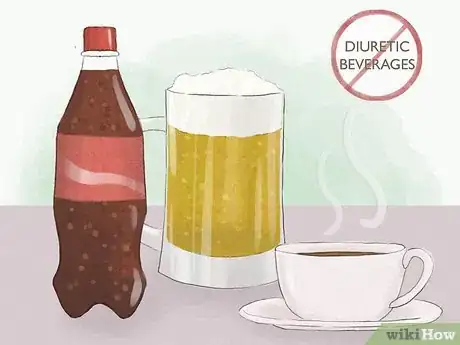

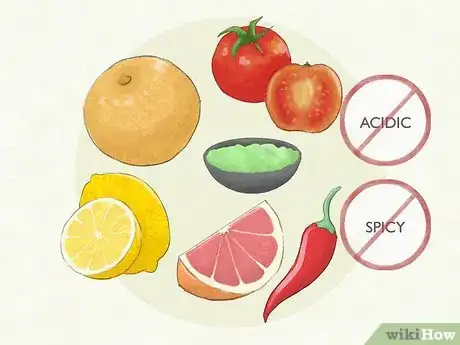
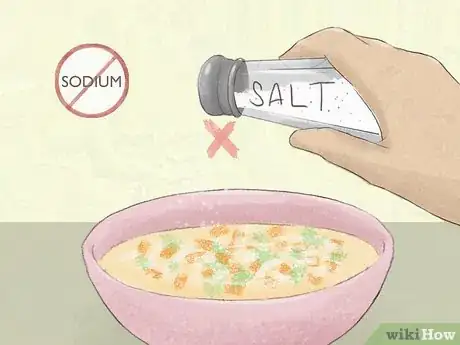
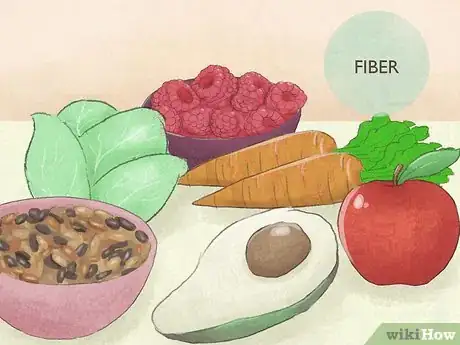

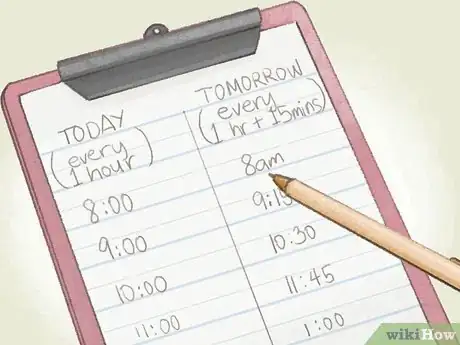



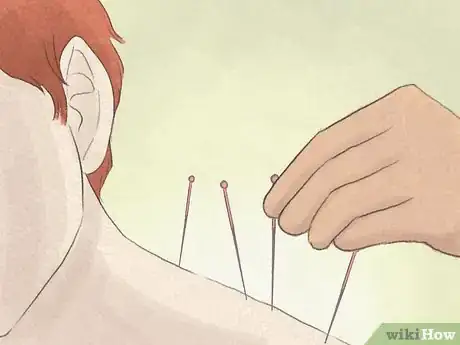
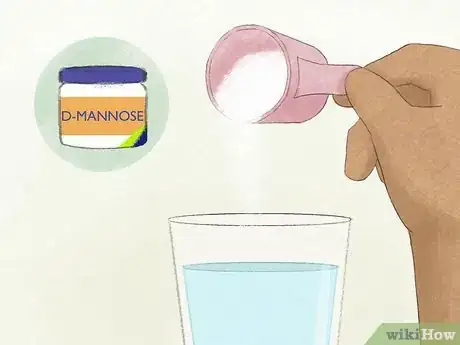
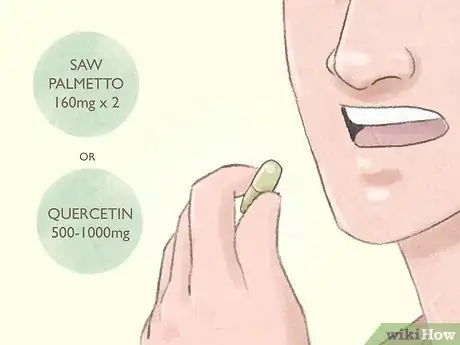
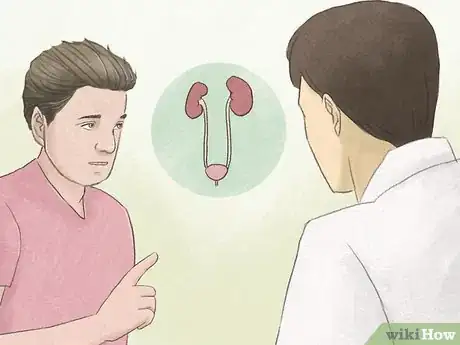
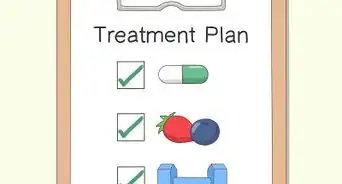

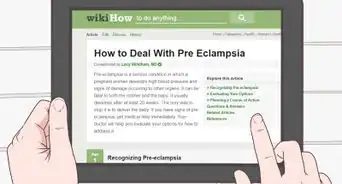
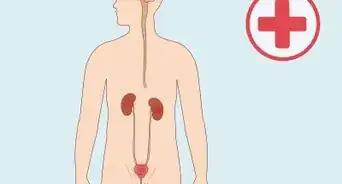


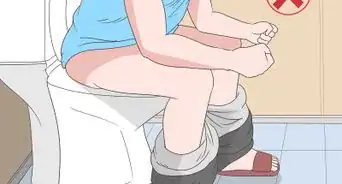
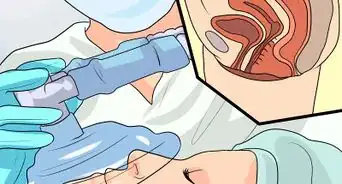
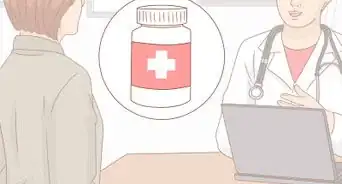

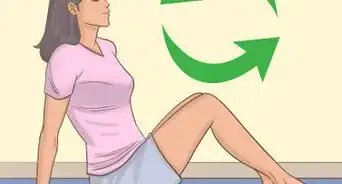
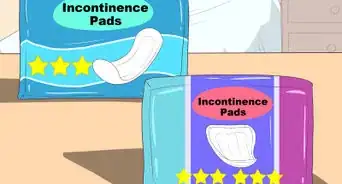
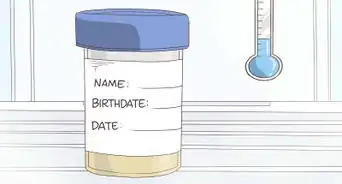








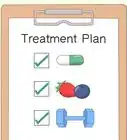
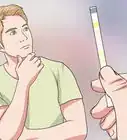





































Medical Disclaimer
The content of this article is not intended to be a substitute for professional medical advice, examination, diagnosis, or treatment. You should always contact your doctor or other qualified healthcare professional before starting, changing, or stopping any kind of health treatment.
Read More...